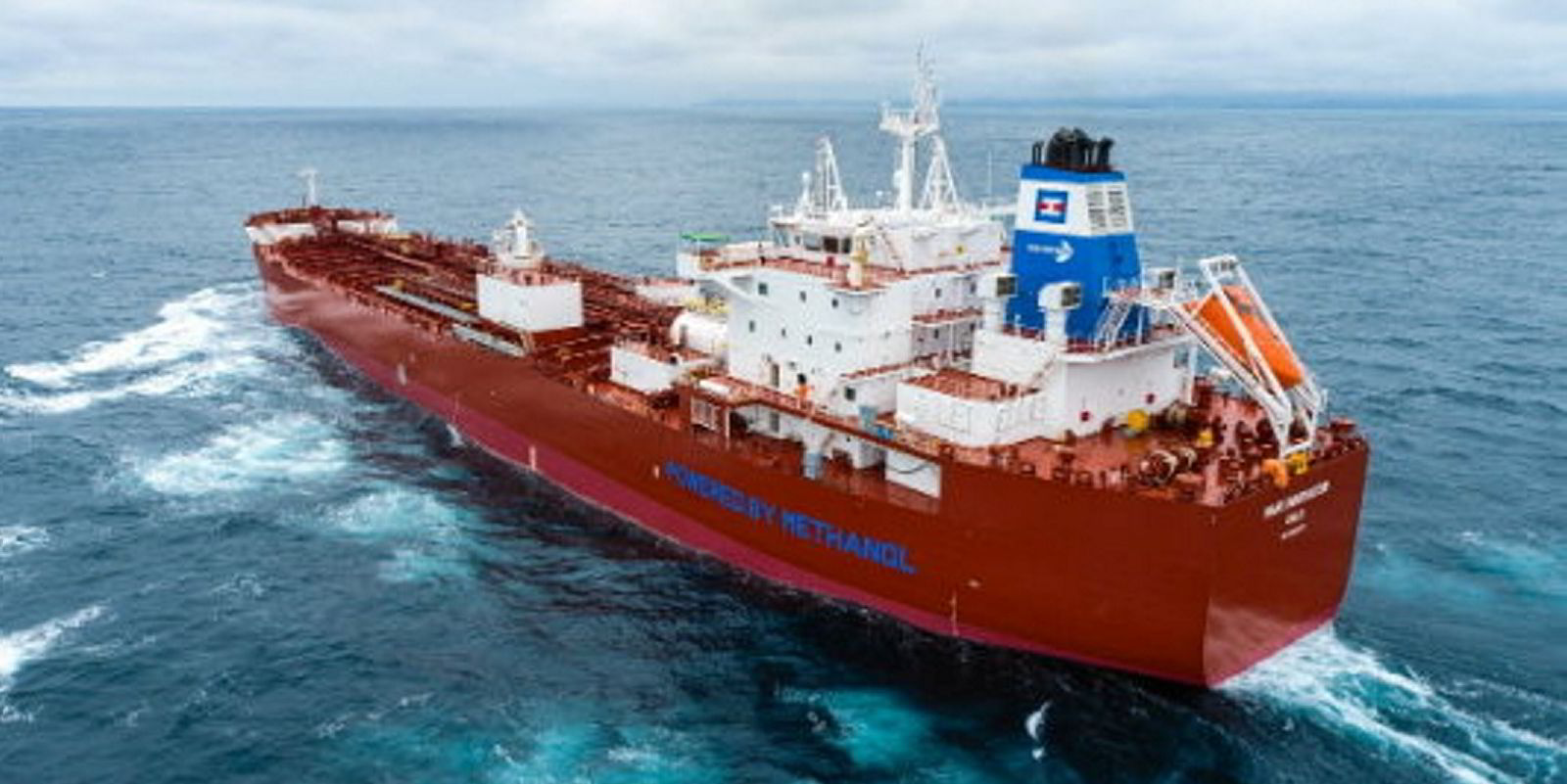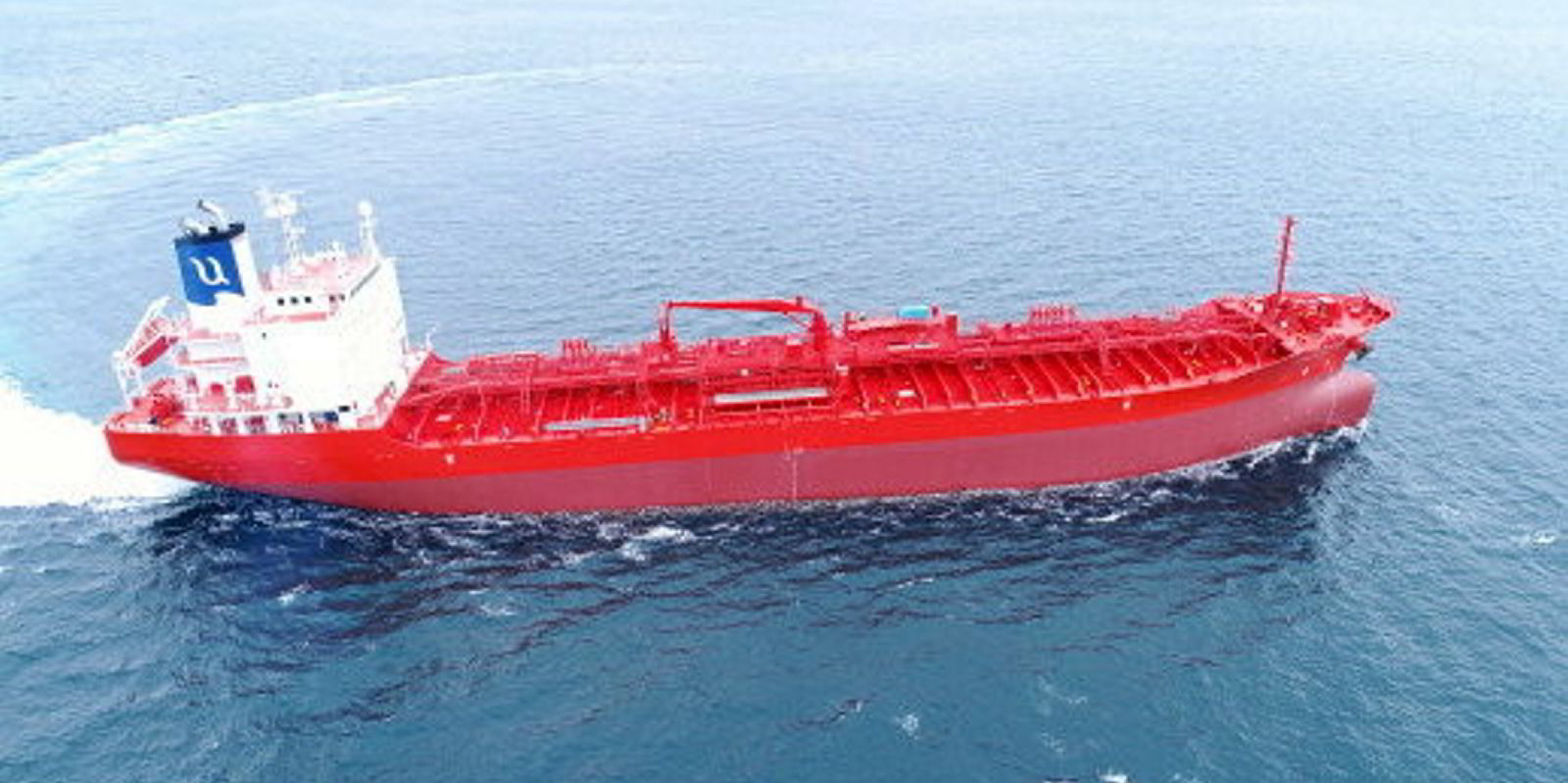French shipbroker BRS Group says there are questions still to be answered on methanol as a green fuel, even though current dual-fuel newbuildings cost less than LNG-fuelled vessels.
Methanol dual-fuel newbuilding orders are currently dominating the container ship sector, representing 12% of the segment’s orderbook in capacity terms.
But the existing methanol dual-fuel fleet consists almost entirely of tankers, with 23 MR vessels in operation. Only two more are on order, however, the Paris shop notes.
BRS believes there remains a strong investment case for methanol, based on economic criteria enhanced by regulatory certainty regarding its applicability as a marine fuel.
The extra 10% cost of ordering such ships compared to conventional tonnage is estimated to be lower than an LNG duel-fuel newbuilding at 20% extra, the broker added.
“This reflects the deployment of existing technology and lower on-board storage costs despite an overall higher storage requirement,” the company said.
“From a fuel-cost perspective, the price of fossil methanol is much less volatile compared with LNG and is competitive with MGO when adjusting for energy content.
“The commercial maturity of the storage and bunkering infrastructure additionally supports the investment case,” the broker added.
But in the race to net zero, only green methanol produced from CO2 capture and hydrogen produced via renewable electricity has significant emissions reduction potential.
Research differs on the exact emission intensity of this fuel, due to different approaches to life-cycle assessment methodology.
Then there is the question of which vessels are best suited to methanol.
Lower energy density
“One of methanol’s drawbacks for uniform adoption is concerned with its significantly lower energy density compared with conventional fuels,” BRS said.
It is estimated to contain about 60% lower energy in megajoules per litre and 27% lower energy per cbm compared to LNG.
“This leads to a trade-off between increasing storage or lowering sailing range capability, with the latter frequently being chosen,” the French broker added.
“Accordingly, this may make it more appropriate either for small vessels travelling short distances or for large vessels that are less exposed to spot trading and have predictable trading patterns and bunker consumption range, such as container ships,” the company concluded.




